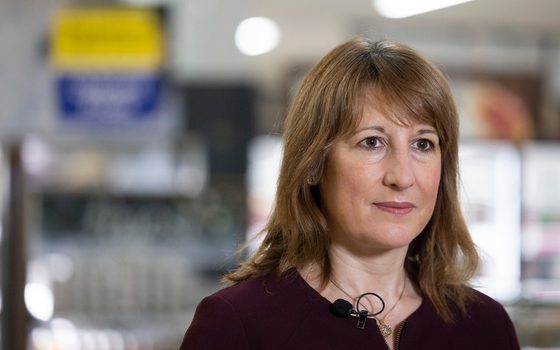Budget setting in a climate emergency
The Scottish, Welsh and UK governments have all declared a climate emergency. But without money on table, this doesn't mean much.
20 January 2020
In November 2020 the eyes of the world will be on the UK as Glasgow hosts the UN climate conference (COP26). Sinking islands, drought stricken communities, and flooded cities will be looking to see if the governments of the UK, Wales and Scotland were really serious when they declared a ‘climate emergency’. For these political declarations to mean anything some money has to be put on the table. Last month Wales became the first nation to put forward a government budget after declaring a climate emergency. Scotland will produce a budget on 6 February, and the UK government in March. We’ve been supporting Wales’ Future Generations Commissioner in their work, and have some insights into the Welsh government’s efforts, and what other administrations can learn from Wales.
I want to start by clearing something up: how much is it going to cost to avert climate breakdown? The answer could be really complex, but it can also be really simple: nothing. In fact we stand to make a significant profit. Huh? Well doing nothing on climate change has been estimated to cost about 5.5% of GDP by the OECD, or as much as 20% of GDP by the Stern Review. On the other hand the UK Committee on Climate Change say reducing emissions to net zero by 2050 (a pretty unambitious target) could cost just 1 – 2% of GDP.
Government spending to cut carbon is an investment, and it’s an investment we need to make immediately. Indeed, NEF have shown how a large green investment package could not only prevent climate breakdown, but could protect the UK economy from what looks increasingly like a looming recession. The longer we wait, the bigger the required investment gets. To put the size of the investment needed in context, it is similar to the UK’s defence budget (2% of GDP), it’s also significantly less than the Government seem willing to risk on their Brexit approach, which the Treasury estimates has the potential to cost 5% of GDP. The investment needed is equivalent to about £20-£40 billion per year, or 2.5 – 5% of current government spending. Late last year a large coalition of NGOs put out a call for just that: a commitment from government to spend 5% of its budget on the climate emergency over the next three years.
“How much is it going to cost to avert climate breakdown? The answer could be really complex, but it can also be really simple: nothing.”
So how did Wales do in this, its first ‘climate emergency’ budget? It’s very hard to say, mainly because it’s hard to classify what ‘spending to cut carbon’ is. There are some obvious candidates, like tree planting and electric vehicle charging points. But when the ambulance fleet is replaced, and it just so happens that the new models are more fuel efficient, the main objective wasn’t decarbonisation so this spending is hidden within the health budget.
Using an extremely crude methodology, we put the figure for ‘clearly identifiable’ spending on decarbonisation at about 2.5% of the budget, and estimate that the figure has risen about 28% since last year. On the face of it, these numbers aren’t too bad. After all, Wales is the poorest region in the UK. The growth we see this year is driven particularly by the Welsh government’s new investments in rail, cycling, and walking infrastructure. But if I’m honest, our numbers are fairly meaningless. Why? Because we have no idea what the net carbon impact of the budget is, ie these positive investments may be completely undermined by other spending. Equally, the Welsh government may be doing more to cut carbon than it appears on the surface.
You could legitimately ask, “Why does it matter what the magic number is? All we care about is that carbon emissions are reducing”. To underline why I’m concerned I’d like to take a closer look at transport spending. The transport sector across the UK and Europe has stubbornly refused to reduce its emissions. In Wales, transport emissions rose 5% between 2012 and 2017. In this year’s budget the Welsh government have increased their capital spend on “sustainable and active travel” from £27 million to £91 million. Great – except we also noticed they have increased capital spend on “national transport infrastructure” from £76 million to £149 million. This is mostly government spending on new roads. We took a look at the carbon impact assessments associated with the Welsh government’s five biggest ongoing road building schemes and we found that all five are projected to result in a net increase in carbon emissions.
In the context of an emergency it is absolutely imperative that every spending decision, old and new, has its carbon impact measured. In 2020, all policy is climate policy. We need at least a crude understanding of the net impact of government policy on national carbon emissions. This should be published alongside the annual budget in the form of a ‘carbon impact account’. Oslo City has already done something similar – but unlike theirs, this impact account should include spending which both reduces and increases carbon emissions. Without this, and especially when it comes to major capital infrastructure investment, the government budget may be inadvertently driving climate breakdown.
Image: Ian Rees (CC BY-NC-ND 2.0)






